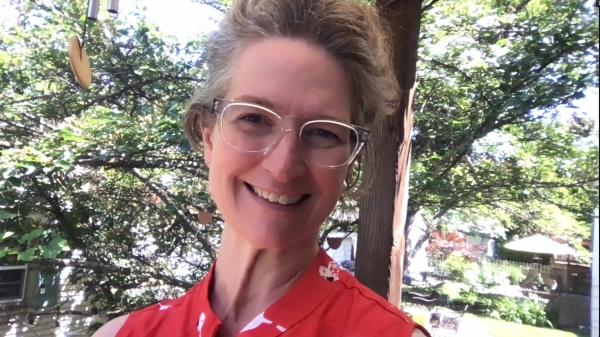
Lions, Tigers and Chimps, Oh My! Can a Mascot Help Your B2B Company?
A great novel has a cohesive plot, strong characters, and a reliable narrator. A great business model is no different. Your mission statement is the plot. Your employees are the characters that make the plot a reality. Then there’s the narrator, a voice that guides the reader through the material, someone reliable that relates to a specific audience segment...a mascot.
At this point, a lot of B2B companies may be saying to themselves, “Decent analogy, but how does any of this apply to me? Mascots are a B2C tool, right?” While it’s true that the most top-of-mind mascots are usually selling high-fructose corn syrup to children, B2B mascots are on the rise, especially in technology companies.
Those in the tech field are in a constant struggle between the creative and the professional. It makes sense to want to appear as a leader in your industry. But the need to be seen as professional by prospective clients can sometimes overshadow the need to effectively guide customers through the decision-making process. A brand mascot can be that guide.

The email marketing software provider MailChimp, is a perfect example of a B2B tech company overcoming the mascot struggle. Their mascot is a chimp named Freddy that delivers all the humanizing and brand awareness one could ask for, and in no way does he hurt the credibility of the company. Finding the balance between a silly character and an effective business tool can be tricky. MailChimp’s graphic designer wrote a very interesting blog post about how their mascot has evolved over time to become the narrator the company needed.
So what makes a mascot effective? Any good mascot does two things. It humanizes a company by creating a personal relationship with its customers, while also increasing brand awareness. In order to accomplish these tasks, the mascot must be an engaging, memorable character with an emotional design and a functional use.

This is Duke. He is the mascot for the software platform Java. According to their website, Duke was designed to represent a "software agent" that performed tasks for the user. He provides an interactive experience that goes well beyond what one would expect from a B2B business. As Duke’s popularity grew so did Java’s. He can now be found at every conference that Java attends, and since becoming “open-sourced” in 2006, anyone can design their own Duke. The current incarnation includes a jetpack and blue wings.
That personal touch and connectivity with a customer is what makes mascots a unique UX tool. In the world of B2B tech companies there isn’t a lot of levity. Giving your customer a real face to interact with (especially if that face is furry) can go a long way to improving their experience.

LogMyCalls.com (now Convirza) is a call tracking platform. They specialize in analyzing and tracking phone calls for businesses. But take one look at their website and you’ll soon find that those calls aren’t being analyzed and tracked by people or even by computers, but by a beaver named Bernard. He adds a personal touch to the user’s experience. Sometimes all that a customer needs is a helping hand, or paw, or flipper.
Mascots like Bernard, Duke and Freddy provide brand recall that goes well beyond a logo or tagline. Because they are an active narrator of a brand, mascots can be continuously weaved into the brand’s story. As more and more B2B tech companies start effectively using new faces to relate to their customers, it begs the question...Who do you want to tell your story?
At Sandstorm Design, we create powerful brand experiences.... Learn more about Sandstorm Design's marketing services.



